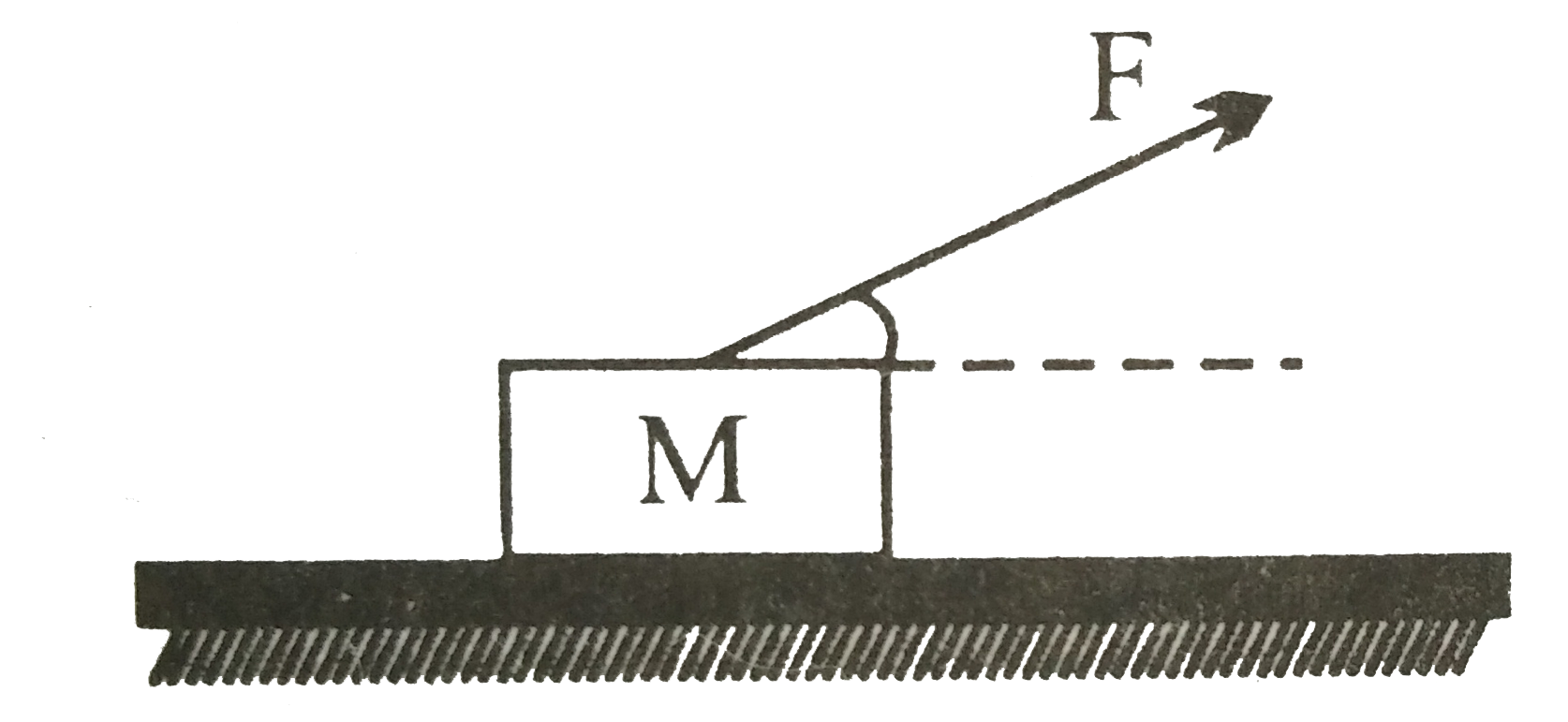As shown in Fig.
 , mass of bodies is equal to m. If coefficient of friction between the horizontal surface and the mass m is equal to 0.2, then find accelertaion of the system ?Solution in Punjabi
, mass of bodies is equal to m. If coefficient of friction between the horizontal surface and the mass m is equal to 0.2, then find accelertaion of the system ?Solution in Punjabi
Step by step video & image solution for As shown in Fig. , mass of bodies is equal to m. If coefficient of friction between the horizontal surface and the mass m is equal to 0.2, then find accelertaion of the system ? by Physics experts to help you in doubts & scoring excellent marks in Class 11 exams.
Updated on:21/07/2023Topper's Solved these Questions
Similar Questions
What is centre of mass of a system?
View SolutionA bend in a level road has radius of 100 m.Find the maximum speed with which a car turning this bend may have without skidding ,if the coefficient of friction between the tyres and road is 0.8.
View SolutionA rod of mass m is supported on a wedge of mass M shown in fig. Find the accelerations of rod a and wedge A in the arrangment. The friction between all contact surfaces in negligible.

View SolutionTwo bodies of masses m and 4m are attached to a light string as shown in figure. A body of mass m hanging from string is executing oscillations with angular amplitude 60^@ , while other body is at rest on a horizontal surface. The minimum coefficient of friction between mass 4m and the horizontal surface is (here pulley is light and smooth)
View SolutionIn the arrangement shown in figure the masses of the wedge M and the body m are known. The appreciable friction exists only between the wedge and the body m, the friction coefficient being equal to k. The masses of the pulley and the thread are negligible. Find the acceleration of the body m relative to the horizontal surface on which the wedge slides.
View SolutionA block of mass m lying on a rough horizontal surface of friction coefficient μ is pulled by a force F as shown , the limiting friction between the block and surface will be

View SolutionA force F accelerates a block of mass m on horizontal surface. The coefficient of friction between the contact surface is . The acceleration of m will be -
View SolutionA ball of mass m falls vertically from a height h and collides with a block of equal mass m moving horizontally with a velecity υ on a surface. The coefficient of kinetic friction between the block and the surface is 0.2, while the coefficient of restitution e between the ball and the block is 0.5. There is no friction acting between the ball and the block. The velocity of the blockdecreases by :

View SolutionA mass m rests under the action of a force F as shown in the figure-2.158 on a horizontal surface. The coefficient of friction between the mass and the surface is μ. The force of friction between the mass and the surface is :

View SolutionA body of mass m, having momentum p, is moving on a rough horizontal surface. If it is stopped in a distance x, the coefficient of friction between the body and the surface is given by
View SolutionM=5 किग्रा द्रव्यमान का एक पिंड ऐसी क्षैतिज समांतर सतह पर स्थित हैं जिसका घर्षण गुणांक 0.2 हैं | यदि F = 40 न्यूटन का बल चित्र में दर्शित दिशा में पिंड पर कार्य - करें, तो पिंड का त्वरण होगा -

View SolutionCalculate the minimum force required to drag a body of mass m, resting on a horizontal surface. The coefficient of friction between the body and the surface is μ.
View SolutionA body of mass m kept on the floor of a lift moving downwards is pulled horizontally. If μ is the coefficient of friction between the surface in contact, then
View SolutionA body of 50 kg mass moves up to 1 m on the horizontal plane. If the coefficient of friction between the presto is 0.2 then the work done against the friction will be
View SolutionA mass of wooden mass of M mass placed on the horizontal horizontal floor from the horizontal phi The force acting on the angle is drawn by F. If the coefficient of kinetic friction between the body and the surface mu is. Then the acceleration of the body is
View SolutionIn the coefficient of friction between the floor and the body B is 0.1. The coefficient of friction between the bodies B and A is 0.2. A force F is applied as shown on B. The mass of m A is 1/2 and of B is m. Which of the following statements are true ?
View Solution